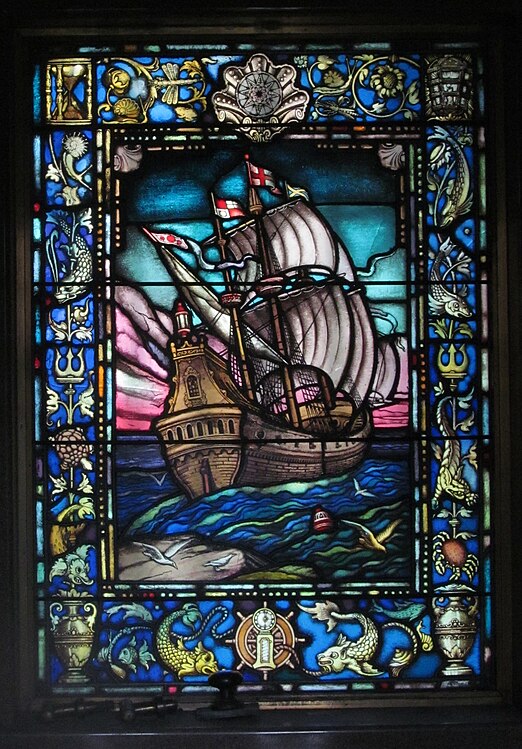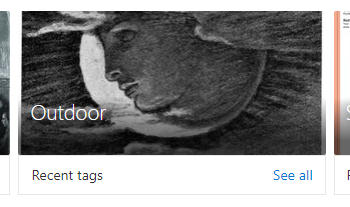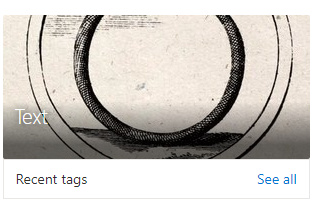Posts filed under “Art”
NEWLY DISCOVERED RENAISSANCE PORTRAIT.
The original woodcut, of course, represented the bull alone, illustrating the article De Tauro in the 1551 edition of the Historiae Animalium of Conradus Gesnerus. It was hand-colored, probably soon after the book was originally purchased. Some time later, a talented artist of the grotesque school, known for its combining of human with animal and vegetable forms, added the head in profile arising from the rearward parts of the animal.
What is the meaning of this unusual juxtaposition? Doubtless the artist meant to compliment his friend or patron by associating him with the power and nobility of the bull. Centuries later, we can no longer identify the subject of the portrait, but the intended compliment is legible to a wider audience than the artist could ever have imagined.
DEATH AS POP ART.
You will notice that Andy lies under a perfectly ordinary grave marker, indistinguishable from thousands of other grave markers installed in the late 1980s. That in itself may be seen as the consummation of a career devoted to finding the art in the ordinary.
If you make a pilgrimage to Pittsburgh, the land of Warhol, you may begin at the Andy Warhol Museum, which (with seven floors of Warhol) claims to be the largest museum in the world dedicated to a single artist. Then you can walk to the North Side subway station, where you can catch a Blue Line car and ride about half an hour out into the suburbs to Washington Junction, which is an easy walk from St. John the Baptist Byzantine Catholic Cemetery.
But, you ask, if his monument is indistinguishable from everyone else’s, how will I find it in the cemetery? No need to worry. The cameras will point the way. Andy Warhol lies a mouldering in the grave, and his mouldering is livestreamed to the world, brought to you by the Byzantine parish he grew up in.
Empire was only a dress rehearsal. Andy Warhol is still working on the greatest avant-garde film of all time.
The pictures are from Father Pitt’s Pittsburgh Cemeteries. Like most of Father Pitt’s work, they are released into the public domain.
A HALLOWEEN STROLL.

You will see all those things everywhere else on the Internet, so Dr. Boli thought he would set aside a day to celebrate beauty instead. Halloween is a perfect day for a stroll through a cemetery, and we borrow these pictures from Father Pitt, who took them all in one afternoon’s leisurely strolling in Allegheny Cemetery, Pittsburgh. Every picture is provided in full resolution: you can click on any one of them to enlarge it and examine the details.

The Winter mausoleum was designed by John Russell Pope, architect of the National Archives, the Jefferson Memorial, the National Gallery of Art, &c., &c. If you have money (Emil Winter was a banker), distinguished architects are at your beck and call. If Dr. Boli decides to die at some point in the near enough future, he plans to have a mausoleum designed by Frank Gehry.

An extraordinarily fine stained-glass window in the Flower mausoleum.

Many sections of the cemetery are quite prickly with obelisks.

A picture of mourning and consolation on the Graham family monument.

The cemetery’s Penn Avenue gatehouse, with its weighty Romanesque tower, finished in 1889. The architect was Henry Alexander Macomb, a Philadelphia architect who won the cemetery’s design competition.
Many other beautiful and fascinating monuments can be found at Father Pitt’s Pittsburgh Cemeteries, a fine place to spend a few hours for Halloween.
ART CORNER.
Apparition of St. Carmen Miranda, by an unknown Baroque artist who was even baroquer after this image appeared.
MORE PHOTO INTELLIGENCE.
We have mentioned before how Google uses its massive artificial intelligence to identify objects and locations in collections of photographs. But did you know that Microsoft is giving Google some stiff competition? If you store images in Microsoft OneDrive, Microsoft will helpfully categorize them for you. For example:—
In the sense that this could depict a conference of the Olympians, “Sky” is appropriate. Or—
The moon is indeed an outdoor phenomenon, in the sense that it does not fit indoors in any building our puny Earth technology has hitherto been able to construct. Bravo, Microsoft. And here is some text:
It is actually the lower part of a picture of a snake with its tail in its mouth, but perhaps Microsoft meant “text” as short for “subtext.”
At any rate, it is good to see that Google has a rival in the artificial-intelligence market, and we may expect to see great things emerging from this healthy competition.
ASK DR. BOLI.
Dear Dr. Boli: I hear people talking about the “Fine Arts,” the “Useful Arts,” and so on. What is the distinction they are making? —Sincerely, Ann Ellers, Acting Chairman, National Endowment for the Arts.
Dear Madam: There are several generally recognized levels of art, and perhaps the best way to make the differences clear would be to give several examples of each.
The Fine Arts: Painting, sculpture, classical music, poetry, novels that no one buys, novels that everyone buys but no one reads.
The Pretty Good Arts: Illustration, popular music, movies, Broadway musicals, television shows, novels that people buy and read.
The Useful Arts: Architecture, cookery, garden design, plumbing, graphic design.
The Embarrassing Arts: Singing telegrams, macramé, karaoke, mime, advertising, performance art.
Dr. Boli hopes these examples will make the distinctions clear and be of some assistance in your work.
MORE INITIALS TO INTERPRET.
D for the Dermatologist you must see if you have a growth like this on your head.
E for the Ennui suffered by the bagpipe player who must keep up a constant drone for an hour.
L for the Liquor to which this poor man is addicted, causing him to see wild boars that no one else can see.
R for little Roberta playing the starring role in her third-grade play, Our Friend the Roach.
T for Throwing, a monkey’s favorite hobby.
X for Xerxes counting his million-man army and coming up with 999,997.
More fun with initials may be had on our page of initials in the Illustrations collection.
HIGHLIGHTS OF THE SALON OF 2021.
Eli “Bonkers” Johnson: Diagonal Line #6: Anthraquinone Blue, Upper Left to Lower Right, but Deviating Slightly About Three-Quarters of the Way Along Where a Fly Landed on the Artist’s Elbow. Acrylic on canvas.
Albrecht Kunsthammer: Venus Giving Cupid a Time Out After That Business with the Movie Star and the State Representative. Oil on Wood.
Crandall Pinsk: Untitled No. 2: Revenge of the Untitled. Stuff glued together with a hook in the back for hanging.
Margaret Derby-Wallington-ffitch: Philadelphia Fleabane (Erigeron philadelphicus) Posed as an Allegory of Virtue. Crayon on construction paper.
Boris the Dog: Paw Prints No. 38. Mud on the mistress’ best linen.
From DR. BOLI’S UNABRIDGED DICTIONARY.
Natural (adjective).—1. Of food, cosmetics, etc.: Packaged in materials made from petroleum by-products and processed into standardized units from ingredients ultimately derived from substances present in the physical universe.
2. Of art, literature, etc.: Conforming to the current clichés that define what is correct in representational art, as opposed to the clichés of the era immediately past, which are designated artificial.







